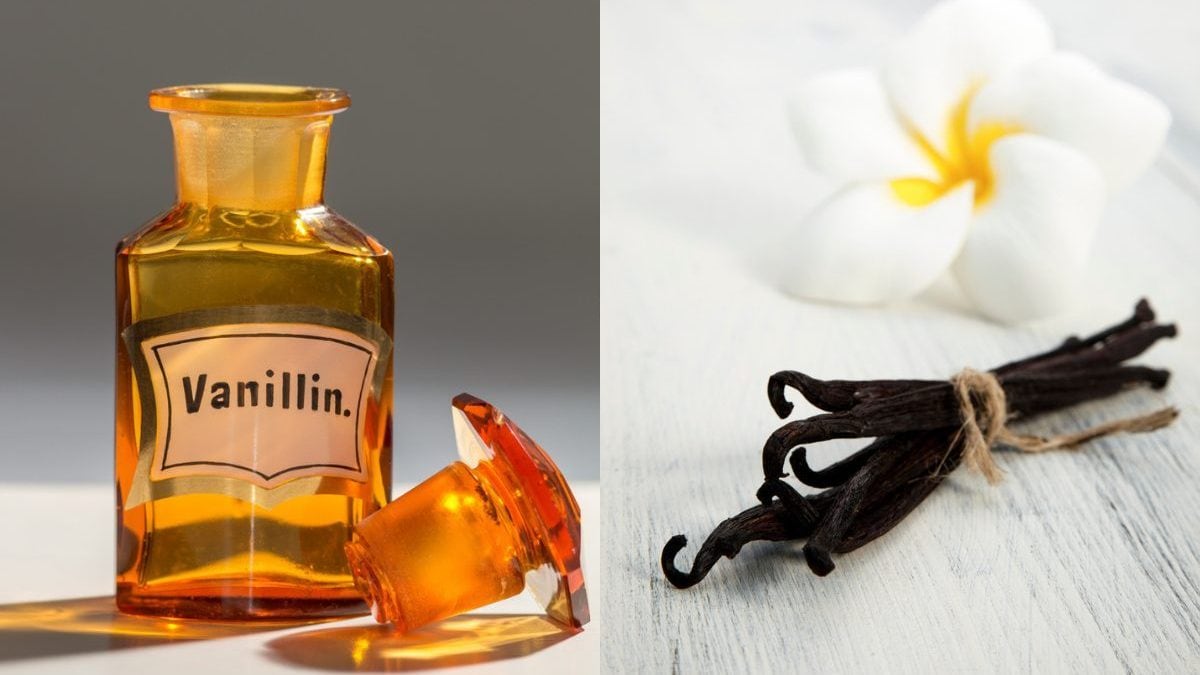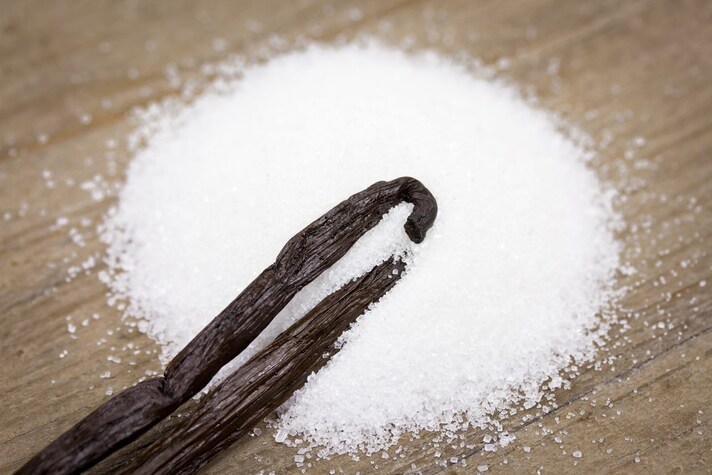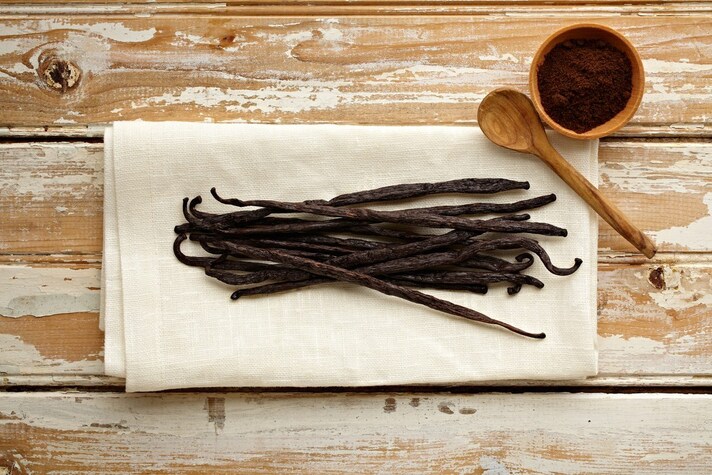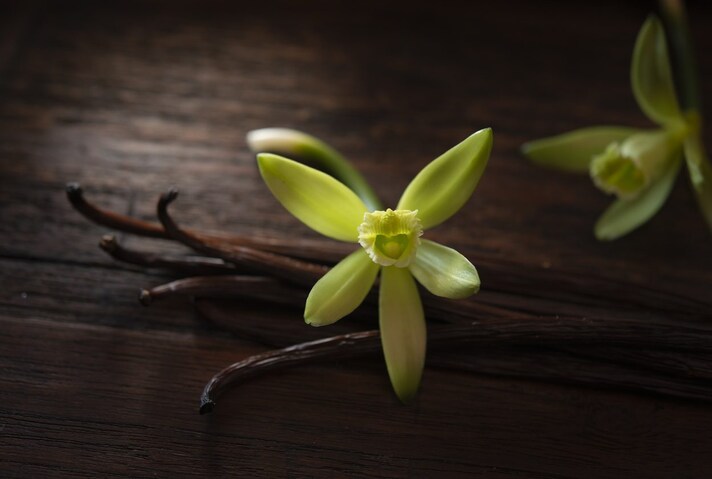
In the world of sweets, especially homemade ones, there has always been a Hamlet-like doubt about a very specific ingredient: should I use vanilla or vanillin? What is the difference between the two products? If up until 10 years ago people always preferred to go for the second, due to the incredibly lower price, we ask ourselves these questions about the ingredients more and more often because we pay more attention to what we eat. Obviously the prohibitive cost of the vanilla bean puts this product out of reach for many people who therefore fall back on the artificial version. This is the main difference between vanilla and vanillin (or vaniglina), two very different products. Let's look in detail at all the differences and why vanilla is so expensive.
Differences Between Vanilla and Vanillin
The first and most important dissonance between the two ingredients is in their origin: vanilla is a natural pod, vanillin is pure chemical. This greatly affects the flavor but we must still specify that the equivalence of "synthetic product = dangerous" or "bad" has no foundation. The active ingredient of the two products is the same and contemporary synthesis techniques are advanced; often this type of product has higher hygiene standards than those of natural origin. If we have to give advice, the choice undoubtedly falls on vanilla but not because vanillin is dangerous or artificial, but only for an aromatic and organoleptic profile.
What is Vanillin?
Vanillin is nothing more than the molecule that gives vanilla its typical scent. The synthetic version is used as a substitute for natural vanilla as a flavoring in foods, drinks and pharmaceutical products. Although it seems like a modern "devilry", vanillin is actually very old: vanilla has always been expensive and industries have always tried to obtain a cheaper extract. A chemist succeeded in identifying vanillin as a substance in itself in 1858; the discovery was then perfected about twenty years later by German chemists who obtained the first laboratory synthesis by producing it from coniferin, soon replaced by the cheaper eugenol, and then from guaiacol. For a long time, vanillin was semi-synthetic because it came from cloves, but for almost 100 years it has been synthesized thanks to a two-phase process from the precursors of guaiacol and glyoxylic acid.

There is also a natural vanillin, extracted from the seed pods of Vanilla planifolia, an orchid native to Mexico that is now grown in all tropical areas of the planet, especially in Madagascar. In this case the flavor is obtained thanks to a seasoning process, quite long too, in which the pods are dried and aged so that the vanilla flavors develop further. In practice it is a sort of "refinement", like in wine: with the latter it is the juice that absorbs the aromas of the wood, in the case of the pods instead it is the enzymes that release the vanillin as a free molecule. It is a fascinating process but it does not replace the synthetic product in any way. The global demand for vanilla and derivatives is too high so chemical extraction is inevitable. According to estimates, approximately 15,000 tons of "flavorings" are produced, divided between synthetics, extracts and actual vanilla pods: 13,000 tons per year are synthetic vanillin, 2,000 are of natural origin and only 35-40 tons per year are actual vanilla. An impressive disproportion that brings us directly to the next point.
How to Get Vanilla Pods
Vanilla beans are among the most expensive products in the world of pastry making: the high price is inevitable because the flower is quite rare and because it is a very difficult product to manage. The flowers of this orchid must be pollinated by hand, early in the morning, when there is no humidity, because the rain does not allow the flowers to form. Pollination is quite difficult: you have to hold the flower in one hand, tear off the cap and straighten the "tongue" of the orchid that separates the female organs from the male ones and then bring the latter closer to the part where the pollen is found. The processing is very long because this process must be done for each individual flower and, once this is done, the fruit of the plant takes a good 9 months to ripen, transforming into a green berry with a smelly smell. It may seem incredible but yes, one of the most pleasant aromas we know actually comes from a smelly berry.

Once the pod comes to light there are still four phases that will serve to give aromas, perfumes and color to the vanilla:
- The first phase is that of killing the flower, by immersing it in hot water. Unlike many pods, vanilla continues to live even after being harvested. With "drowning" all those molecules that lead to the typical vanilla scent are activated;
- the pods must then lose all their water. They are left to "sweat" for about a week;
- we then move on to the drying process, also called "drying";
- finally the "conditioning", a very long resting phase in which the pods form the aromas that we all know.
Why Vanilla Costs so Much
Vanilla is the second most expensive spice in the world, after saffron. There are several reasons for this price: certainly the labor and the length of the processing just described have a huge influence but they are not the only ones.

Of all the species of Vanilla in the world, only three of them produce aromatic fruits. Growing vanilla begins to be profitable after 4 years because that is how long it takes for a flower to offer its pods. The plants flower for only one day each year and the fruit takes 9 months to be processed. After 9 months, the entire process we have described above is still needed.
There is one more thing to say: vanilla has always been expensive but in the last decade it has seen a further surge in price due to climate change and speculation by organized crime. Often, growers are forced to pick the berries before they are ripe for fear of the raids of thieves who sell them at a lower price on the black market. It may seem absurd for a spice, but we should not see it as such: vanilla, when all is said and done, is worth much more than silver and this year it has had peaks of 4,000 dollars per kg. An enormous sum for a tiny flower.
;Resize,width=767;)
